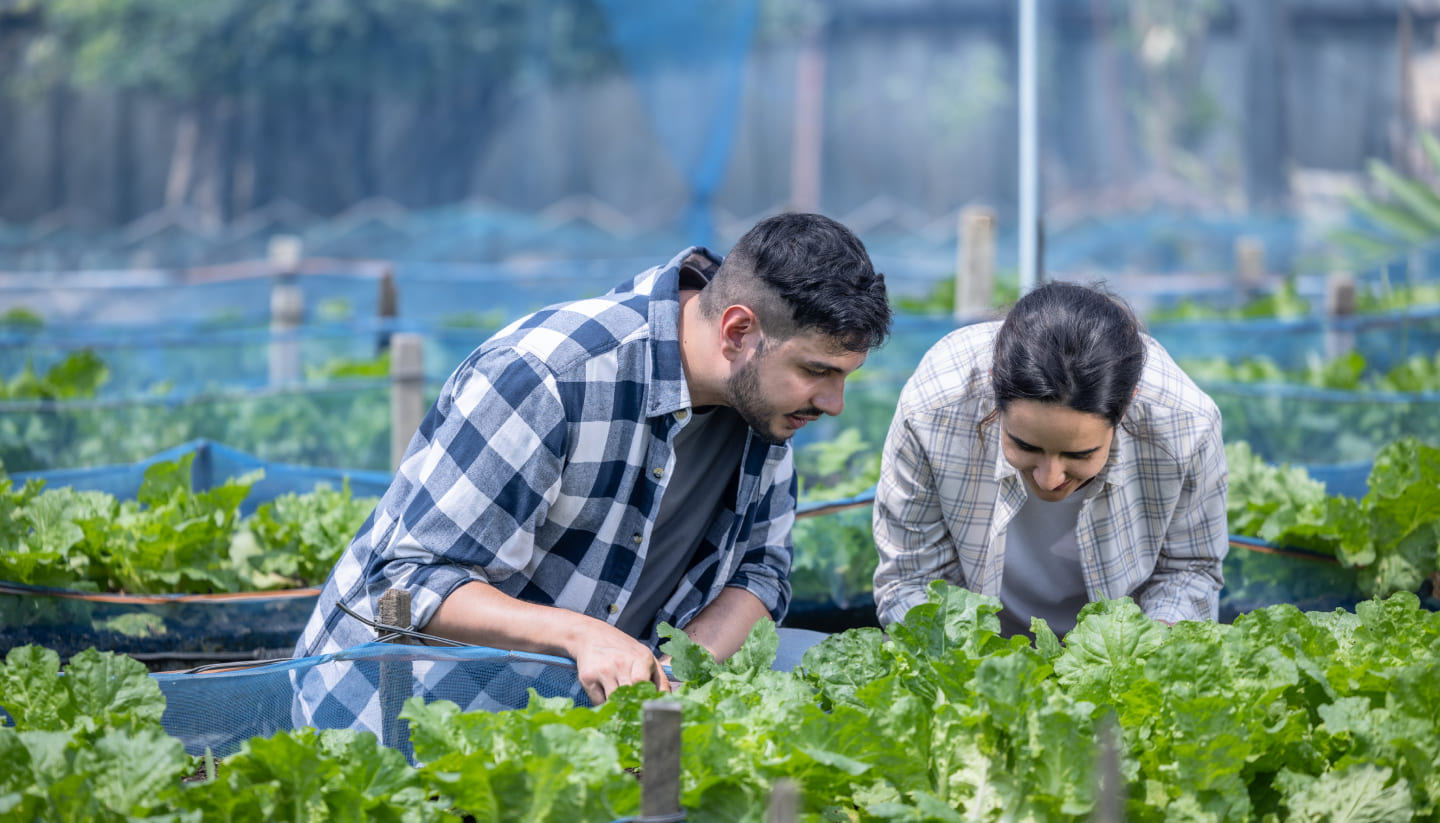22 Jan 2025
The Future of Farming: Soilless Agriculture Powered by Artificial Intelligence
Learn MoreAs India’s agricultural sector faces numerous challenges such as climate change, water scarcity, and decreasing arable land, innovative methods like hydroponics are rapidly gaining traction. Hydroponics, a method of growing plants without soil, offers promising returns on investment (ROI), especially when viewed through the lens of emerging AgriTech companies like Agriparivar. In this blog post, we explore the ROI of hydroponics in India and why it presents a lucrative opportunity for both farmers and investors.
The initial investment in a hydroponics system can be substantial, depending on the scale. For small-scale farms, this may range from ₹2 to ₹5 lakh, while larger commercial setups can go up to ₹25 lakh or more. The primary costs include:
However, these costs are offset by long-term operational savings in labour, water, and fertilizers, as well as faster crop cycles.
Operational Savings and Increased Efficiency
Faster Crop Cycles and Year-Round Production
One of the key advantages of hydroponics is faster crop cycles. Plants in a hydroponic system typically grow 30% to 50% faster than in soil due to the optimized delivery of nutrients and water. This means multiple harvests in a year, significantly improving revenue potential.
Reduced Dependency on External Factors
In traditional farming, crop yields are heavily influenced by unpredictable weather patterns, soil quality, and pest infestations. Hydroponic systems offer a controlled environment, reducing the risk of crop failure due to climate events such as droughts or floods. For Indian farmers in regions prone to extreme weather, this presents a stable, reliable farming alternative.
Premium Pricing and Market Demand
Government Support and Incentives
The Indian government has recognized the potential of hydroponics in solving many of the country’s agricultural problems. Through schemes like Paramparagat Krishi Vikas Yojana (PKVY) and Pradhan Mantri Krishi Sinchayee Yojana (PMKSY), farmers are provided subsidies and support to adopt sustainable practices. Hydroponic farms also benefit from lower input costs due to tax incentives and financial grants.
Long-Term Profitability
The ROI of hydroponics in India is increasingly positive, especially for tech-savvy farmers and AgriTech companies like Agriparivar that invest in scalable and efficient farming systems. With operational savings, consistent yields, premium pricing, and governmental support, hydroponics offers an attractive opportunity to revitalize India’s agricultural landscape. While initial costs may seem high, the long-term benefits, water efficiency, and resilience to climate change make hydroponics a sound investment in India’s future food production.

Join our expert-led webinar on the future of agriculture, where we explore innovative techniques in Kesar (saffron) cultivation, Hydroponics, and Aquaponics. Learn how to leverage sustainable practices to enhance yield, reduce resource consumption, and produce high-quality crops.
Reserve Spot ×